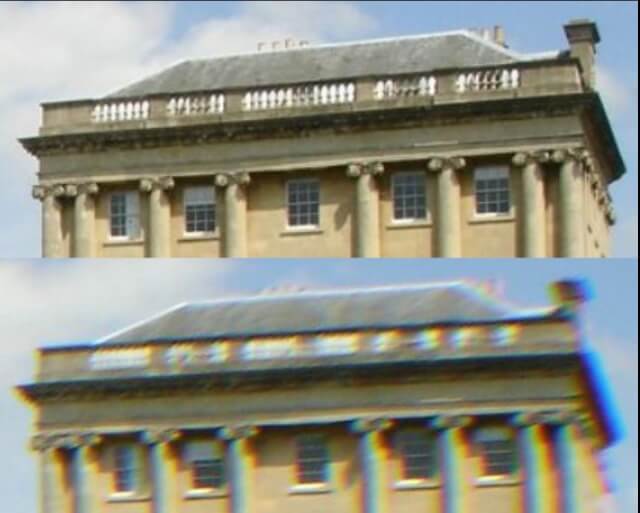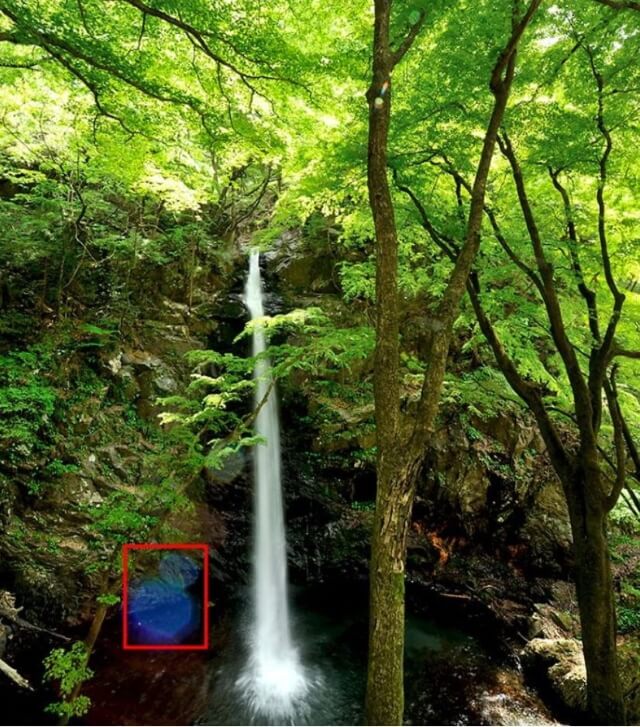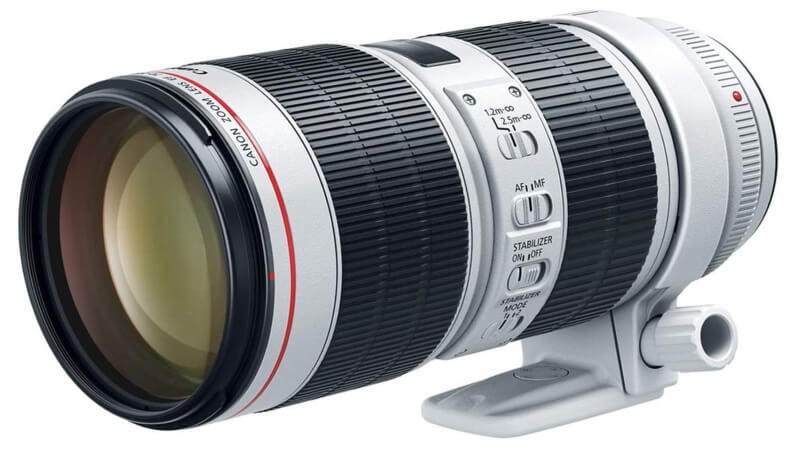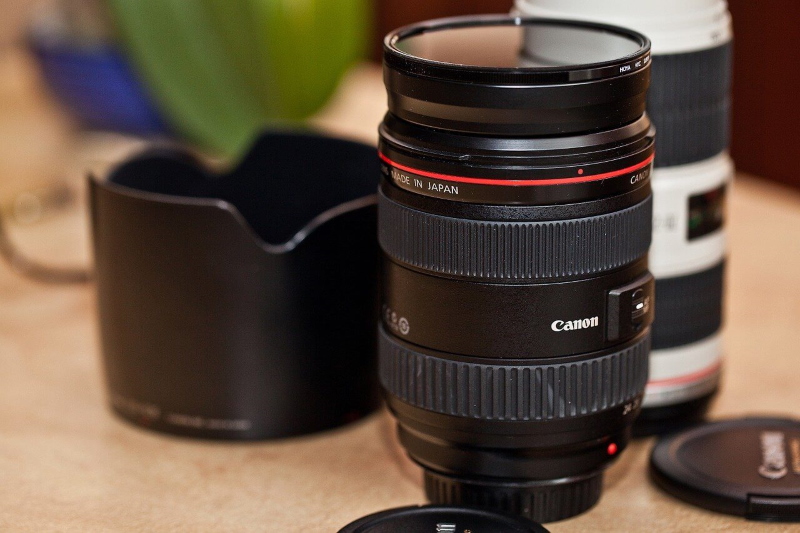Canon’s lenses come in two categories: non-L lenses and L-series lenses. The “L” in L-series; it stands for luxury. L-series lenses are Canon’s professional lenses; they’re designed to meet the needs of working photographers, This means they must not only be well exposed and composed, but also sharp, clear, and show good color rendition. In short, professional photographers want peak-performance lenses that are designed to last a lifetime and to be able to produce quality images every time, in all conditions.
If the name of the lens has an L in it after the aperture value, it’s an L-series lens. You can also tell from the designation of the lens, L-series lenses have a red ring around their top.

There are a number of factors that differentiate L series lenses from non-L lenses even if they have the same focal length or aperture.
These factors are:
# Top glass elements (best Optical quality)
L-series lenses generally have better optical quality than non-L lenses. This means there’s less distortion, chromatic aberration, vignetting, and lens flare. Photos will also be sharper right out of the camera. Canon uses one or more of the following five technologies in its L-series lenses to produce the sharpest, clearest pictures: fluorite elements, aspherical elements, UD optical glass elements, and Fluorine Coating.
1- Fluorite elements
Fluorite is a naturally occurring crystal that has three special properties: it transmits the infrared and ultraviolet light well has a very low refractive index and low dispersion.
What does this mean for your images? When light passes through a lens, it refracts. That is, it bends. It also breaks up into its constituent colors, just like light passing through a prism. The lower the refractive index of the lens material, the less it bends and the sharper it can be focused. Similarly, the lower the dispersion ratio, the less the light is broken up, which makes it easier to correct chromatic aberration.
2- Aspherical Element Lens
Aspheric lens elements have surfaces that aren’t portions of a sphere, and this more complicated shape focuses light better than a simple lens, reducing various types of aberrations.
Aberration is a property of optical systems such as lenses that causes light to be spread out over some region of space rather than focused to a point. Aberrations cause the image formed by a lens to be blurred or distorted, with the nature of the distortion depending on the type of aberration. Aberration can be defined as a departure of the performance of an optical system from the predictions of paraxial optics. In an imaging system, it occurs when light from one point of an object does not converge into a single point after transmission through the system. Aberrations occur because the simple paraxial theory is not a completely accurate model of the effect of an optical system on light, rather than due to flaws in the optical elements.

With simple lenses, complicated multiple-lens designs are often used to reduce aberrations, but alternatively, a single aspheric lens can be used to replace entire groups of lenses. This results in lenses that are not only sharper but smaller and lighter as well.
3- UD (Ultra-low Dispersion) Element
Super UD glass significantly reduced chromatic aberration and contributed to a compact lens size. Subsequently, the exceptional performance of Super UD glass has been incorporated in a large number of L-series lenses.
Chromatic aberration is a failure of a lens to focus all colors to the same point. It is caused by dispersion: the refractive index of the lens elements varies with the wavelength of light. The refractive index of most transparent materials decreases with increasing wavelength. Since the focal length of a lens depends on the refractive index, this variation in refractive index affects focusing. Chromatic aberration manifests itself as “fringes” of color along boundaries that separate dark and bright parts of the image.
4-Fluorine Coating
Fluorine coatings on the front and rearmost surfaces help prevent dirt and dust from sticking to the lens, making it easy to clean smudges and fingerprints off. While maintaining optical transparency, the coating features enhanced oil- and water-repellency, which means that oil on the lens surface can be removed by wiping with a dry cloth, with no need for lens cleaner or solvent. Static electricity caused by dry-wiping is also reduced, and the extremely smooth surface does not scratch easily.
5- Air Sphere Coating (ASC)
Regardless of focal length or angle of light, Canon’s Air Sphere Coating (ASC) significantly reduces lens flare and ghosting for clean results with minimal distractions and aberrations. Air Sphere Coating is an anti-reflection technology that combines the existing vapor-deposited multi-layer coatings with an ultra-low refractive index outermost layer, which comes in contact with air. ASC significantly reduces flare and ghosting that cannot be prevented with conventional vapor-deposited multi-layer coatings, improving anti-reflection performance.
- Flare, also known as “veiling flare”, occurs when light reflects off the lens or other elements such as the lens barrel and mirror box, making part or all of an image appear soft or hazy.

- Ghosting, also known as “ghosting flare”, is caused by a strong light source being reflected repeatedly. It appears as a clear artifact that is usually located symmetrically opposite to the light source.

# Butter building quality (Built to last)
A lens destined for professional use must be able to withstand the rigors of a professional photographer’s working life. This means a rugged build quality that will endure the knocks of everyday use, and weather sealing to protect against every type of adverse condition.
Accordingly, the L-series lenses feature dust- and weather resistance, this is provided by the use of rubber sealing at interface areas, such as the lens-to-camera junction, external switches, and around zoom and focus rings. The applied sealing helps keep water and dust from entering the lens.

# Better Low light performance
Professional photographers are often forced to shoot in less-than-ideal lighting conditions. Sometimes this can mean in low light or even at night. The L-series offers wider maximum apertures than other lenses. The L-series lenses all have wider apertures, allowing better low light performance.

# Better Autofocus and Focus Control
L-series lenses have better autofocus and focus control than non-L lenses. Their autofocus tends to be faster and more accurate. They also have full-time manual focus (even in autofocus modes you can twist the focus ring to adjust) and focus distance scales on the lens, which a lot of non-L lenses lack.
# White lenses (super telephotos lenses)
Because of Lenses contain glass elements, they expand with heat. This is not usually a problem with compact lenses − the amount of expansion is small. However, large lenses contain large elements and here expansion can bring a lens close to the limits of its design tolerances. A white surface reflects sunlight, helping to keep the lens cooler. For example, the Canon EF 70-200mm f/2.8L is III USM Lens the lens has large glass elements susceptible to heat expansion. The white lens barrel reflects the rays of the sun and helps to keep the elements cool.

# Non-rotating front element
Canon L lenses typically have a non-rotating front element. This is important when using certain filters. When using Graduated Neutral Density filter. It is normally used when you wish to reduce light or darken just part of your image. Think landscape photos where the earth is balanced, but the sky is blown out. This would be an ideal time to use a graduated ND filter to darken the sky. Therefore, it is important to keep up this position of the filter, the dark part toward the sky. If the front part of the lens is rotating, it will alter your filter position.
# The Same Filter Size
Where possible, Canon’s L-series lenses all share the same filter size: 77mm. This means you can easily share filters—such as neutral density filters or polarizers—between all your lenses. There are a few L-series lenses that, due to their optical design, have a different filter size but they’re all far more consistent than non-L lenses.
Thanks for reading, I hope you enjoyed the article if you have any questions just post them below & I will be happy to answer you.
The featured image by Bronisław Dróżka from Pixabay
If you enjoy the site, don’t forget to subscribe, we will only inform you when a new article is posted.









Hi Ehab,
Thank you for your detailed elaborate review of the Canon L LENS. Because of this, I have come to realize why a friend of mine who is a photographer has to delete many photos before he finds one good one to print. Without a good lens for a camera, professional photography will be far-fetched. The vocabulary of lens flare and chromatic aberration will be regular features in poor photography. No wonder one sees many Canon L Lenses during well attended professional soccer matches in order to come up with the best photos of soccer stars.
It is also important to share such knowledge with friends who are photographers.
Thanks for your comment
Such great information. Sounds like the features built into this L Lens are features no photographer would want to live without. How does the price of this L Lens compare with other lenses with similar zoom and aperture? Sounds like the features are invaluable but in this time some may have to stick with a budget.
Hi Jamie
The Canon L lenses are designed for professional photographers; hence, it has the optimum performances regarding build quality and top glass. Obviously, it is expensive when compared to non-L canon lenses that are designed for amateur and hobbyist photographers. Quality always means cost.
Thanks for your comment